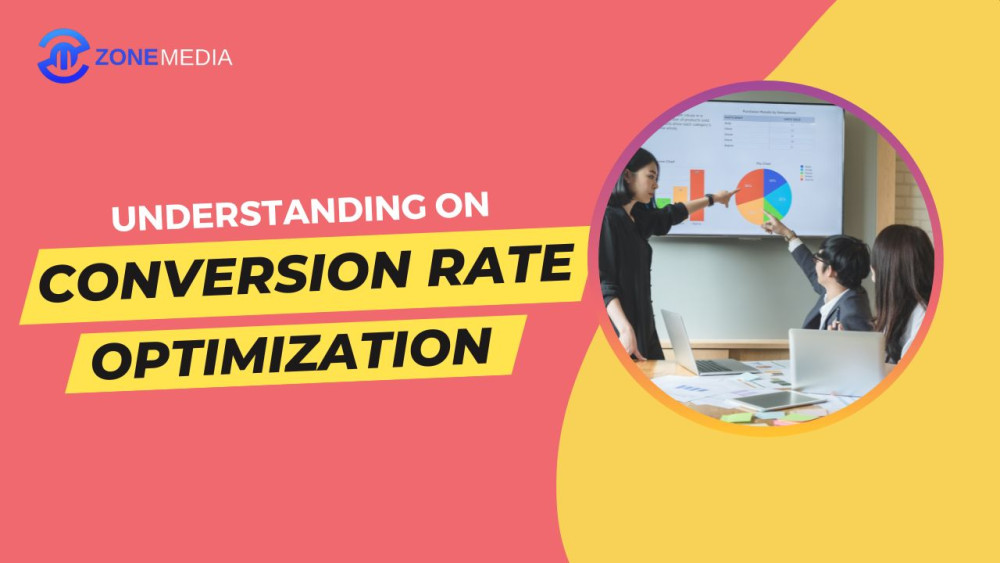Introduction: The Power of Optimized Conversions
In the world of digital marketing, traffic alone is not enough. A website may attract thousands of visitors daily, but if those visitors don’t take meaningful actions—such as making a purchase, signing up for a newsletter, or filling out a contact form—then the business is not achieving its full potential. This is where Conversion Rate Optimization (CRO) plays a crucial role.
CRO is the systematic process of enhancing a website or landing page to increase the percentage of visitors who complete a desired action. It bridges the gap between traffic acquisition and revenue generation, ensuring that businesses get the most value from their digital presence.
What is Conversion Rate Optimization (CRO)?
Conversion Rate Optimization is the practice of refining a website’s design, content, and user experience to boost the number of visitors who take a desired action. The conversion rate is calculated as:
Conversion Rate = (Conversions / Total Visitors) × 100
For example, if an e-commerce store receives 10,000 visitors per month and 500 of them make a purchase, the conversion rate is 5%.
While driving traffic is essential, optimizing the user journey ensures that visitors are more likely to convert, increasing overall marketing effectiveness and return on investment (ROI).
Why CRO is Essential for Business Growth
1. Maximizes Marketing ROI
CRO enables businesses to generate more conversions without increasing traffic acquisition costs. Instead of spending more on advertising, companies can improve their existing digital assets to drive higher sales and engagement.
2. Enhances User Experience (UX)
A streamlined and intuitive website reduces friction in the user journey, making it easier for visitors to complete actions. Faster load times, clear call-to-action (CTA) buttons, and simplified navigation contribute to better conversion rates.
3. Provides Valuable Consumer Insights
By analyzing user behavior, businesses can identify pain points and areas for improvement. A/B testing, heatmaps, and analytics tools reveal how visitors interact with a site, helping marketers make data-driven decisions.
4. Reduces Customer Acquisition Costs
Acquiring new customers can be expensive. CRO helps increase the value of existing visitors, reducing reliance on costly advertising while improving profitability.
Key Strategies for Effective CRO
1. Optimize Landing Pages
Landing pages should have a clear headline, compelling visuals, and a concise CTA. Eliminating distractions and making the CTA prominent increases the likelihood of conversions.
2. A/B Testing
A/B testing involves creating two variations of a webpage or element (such as a CTA button) to see which one performs better. Testing different headlines, images, and button placements helps refine conversion strategies.
3. Improve Website Speed and Mobile Responsiveness
A slow-loading website can lead to high bounce rates. Ensuring fast load times and a mobile-friendly design keeps users engaged and reduces drop-offs.
4. Craft Persuasive Copywriting
Compelling, action-oriented copy encourages users to take the next step. Using persuasive language, social proof, and urgency tactics (e.g., limited-time offers) can significantly impact conversions.
5. Implement Exit-Intent Popups
Exit-intent popups appear when a visitor is about to leave the site, offering a discount, free resource, or another incentive to encourage them to stay or complete an action.
Common CRO Mistakes to Avoid
Ignoring Data-Driven Decisions: Making changes based on assumptions rather than analytics can lead to ineffective strategies.
Overcomplicating the User Experience: Too many form fields, cluttered pages, or confusing navigation can drive users away.
Failing to Test Continuously: CRO is an ongoing process, not a one-time fix. Regular testing ensures consistent improvement.
Conclusion: The Future of CRO in Digital Marketing
Conversion Rate Optimization is an indispensable strategy for businesses aiming to improve performance and maximize revenue. With continuous testing, data-driven decisions, and a user-centric approach, brands can transform their websites into high-converting assets.
In an era where customer attention spans are shorter than ever, CRO ensures that every visitor interaction counts—leading to better engagement, higher conversions, and sustainable business growth.


